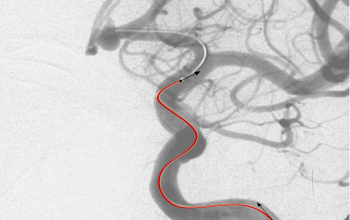Section: New Results
Physics-based registration algorithms
Before targeting the augmented reality for laparoscopic operations, an important step consists in solving the initial alignment problem. Given a pre-operative image of the organ (usually a CT scan) a detailed mesh is constructed. To make the information stored in this mesh available during the operation, the mesh must be registered onto the intra operative view. However, mainly due to the pneumoperitoneum, the organ has undergone important deformation between the pre-operative images acquisition and the operation. The pre-operative shape and the intra-operative shape of the organ do not correspond. Therefore a non rigid registration is required to align the mesh and the real organ. Our registration algorithms also allowed us to work on means to automatically recover boundary conditions of a patient specific liver.
We created a statistical atlas of the human liver to store the positions of the boundary conditions: the veina cava and the anchor point of the falciform ligament positions. This method was accepted at ABME in 2015 [21] . We also developed a new registration method that evolves automatically from a rigid registration to a non rigid registration to solve the initial alignment problem. The method uses some anatomical features of the liver such as the anchor point position of the falciform ligament.



